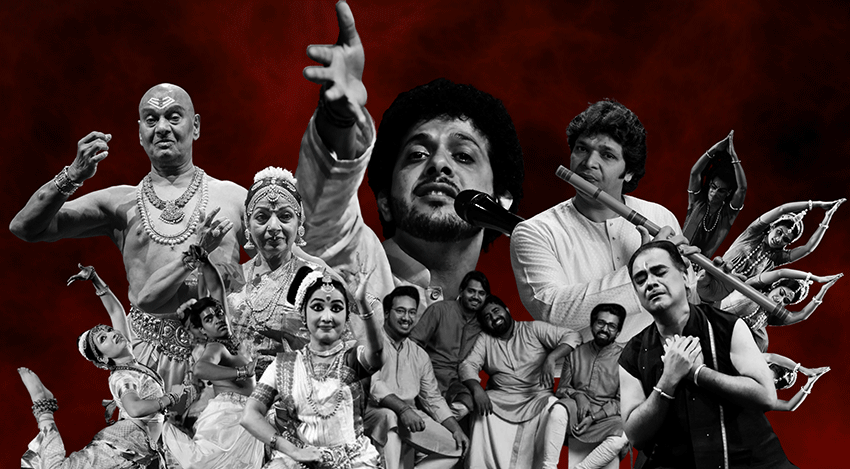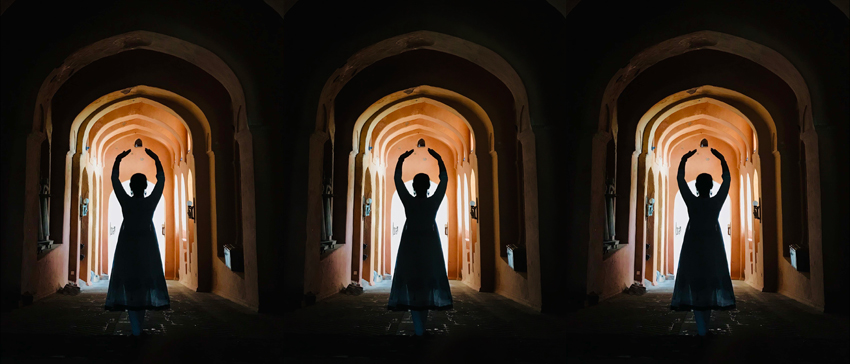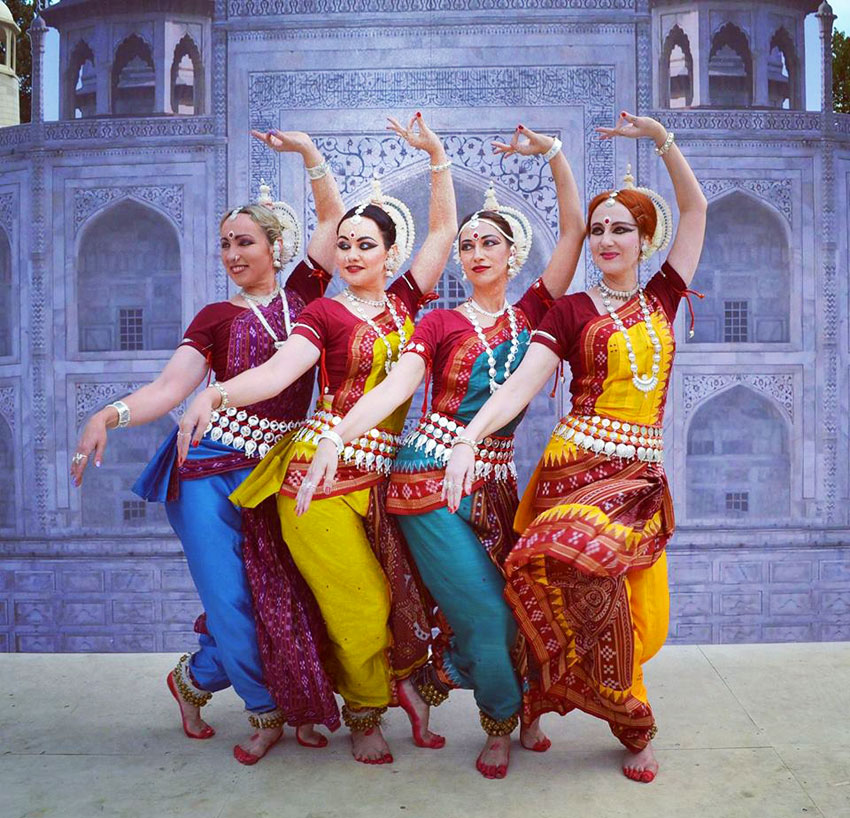Recently a week-long online festival of young string instrumentalists made waves – held in the name of Bharat Ratna Pt Ravi Shankar, in his centenary year, the festival was a fundraiser for instrument makers and young instrumentalists in need. One of the largest contributors, aptly, was one of Pt Ravi Shankar’s senior-most disciples, industrialist Arun Bharatram.
The festival was carefully curated by Kstitij Mathur of the Swarit Foundation who picked a judicious mix of known young instrumentalists as well as artists who are slowly making a name for themselves. The instruments were sitar, sarod, sarangi, violin, santoor, Saraswati veena, and guitar (played in the North and South Indian styles). None of the Ragas was repeated making the experience even more enjoyable.
There were 3 sitariyas – Rishabh Rikhiram and Soumitra Thakur from the Maihar gharana, and Mehtab Ali Niazi from the Bhendi Bazar gharana. Rishabh, the youngest was accompanied by his father on the tabla; Soumitra impressively played only alaap and jor in the limited 30 minute time available to him; playing with maturity and restraint. Mehtab Ali Niazi who has emerged as a popular young player as usual held his own and dazzled with his virtuosity.
There were 4 sarodiyas – Pratik Shrivastava and Indrayudh Mazumder, disciples of Pt Tejendra Narayan Mazumdar, SNA Yuva winner Smit Tiwari and the eldest Australia based Praashekh Borkar. All 4 players play in the tradition of the Maihar gharana. Pratik rather ambitiously played Raga Hemant, a Raga created by Ustad Allaudin Khan sahib. There are of course no set rules for Raga choice but younger musicians usually play more well known Ragas; however, Pratik acquitted himself to his credit. Indrayudh, as usual, played well; Mian ki Malhar with soulful phrases, Smit Tiwari played Raga Jhinjhoti; one appreciates his music is his own and not blindly copied. The last performance of the festival was by Praashek Borkar, the eldest artist who played Raga Hem Bihag, a combination Raga that required mature well taught handling.
On the violin were two very well established and seasoned violinists of the North India tradition – Ragini Shankar, granddaughter of the icon Dr N Rajam, and Manas Kumar. Both played with wonderfully, as was expected. The third, Yadnesh Raikar, despite his relative youth, was equally impressive.
An unexpected surprise was the youngest musician – 11-year-old Amaan Hussain on the sarangi who shows enormous promise. Being a 7th generation musician, music is in his genes but he has also clearly worked very hard on his music. The 2nd sarangi player Mudassir Khan also handled this difficult instrument well; it was to Swarit Foundation’s credit that this instrument got the recognition it deserves as a solo instrument.
Satyendra Solanki on the santoor was truly impressive – in the last few years he has been making waves as a promising artist, but his performance outlived expectations. He was accompanied on the tabla expertly by his brother. Ramendra Solanki.
Shahnawaz Khan on the guitar proved his enormous ‘riyaaz’; Abhay Nayampally who played in the Carnatic style cannot, of course, be considered merely a young talent; as expected he played well.
The oldest instrument the Saraswati veena was played by one of its finest exponents in the younger generation, Ramana Balachandran. Handling this difficult instrument with elan, the young instrumentalist played with excellent technique and training.
Swarit Foundation is to be credited with organising a most enjoyable, well-presented festival focussing on the younger generation of string instrumentalists.










